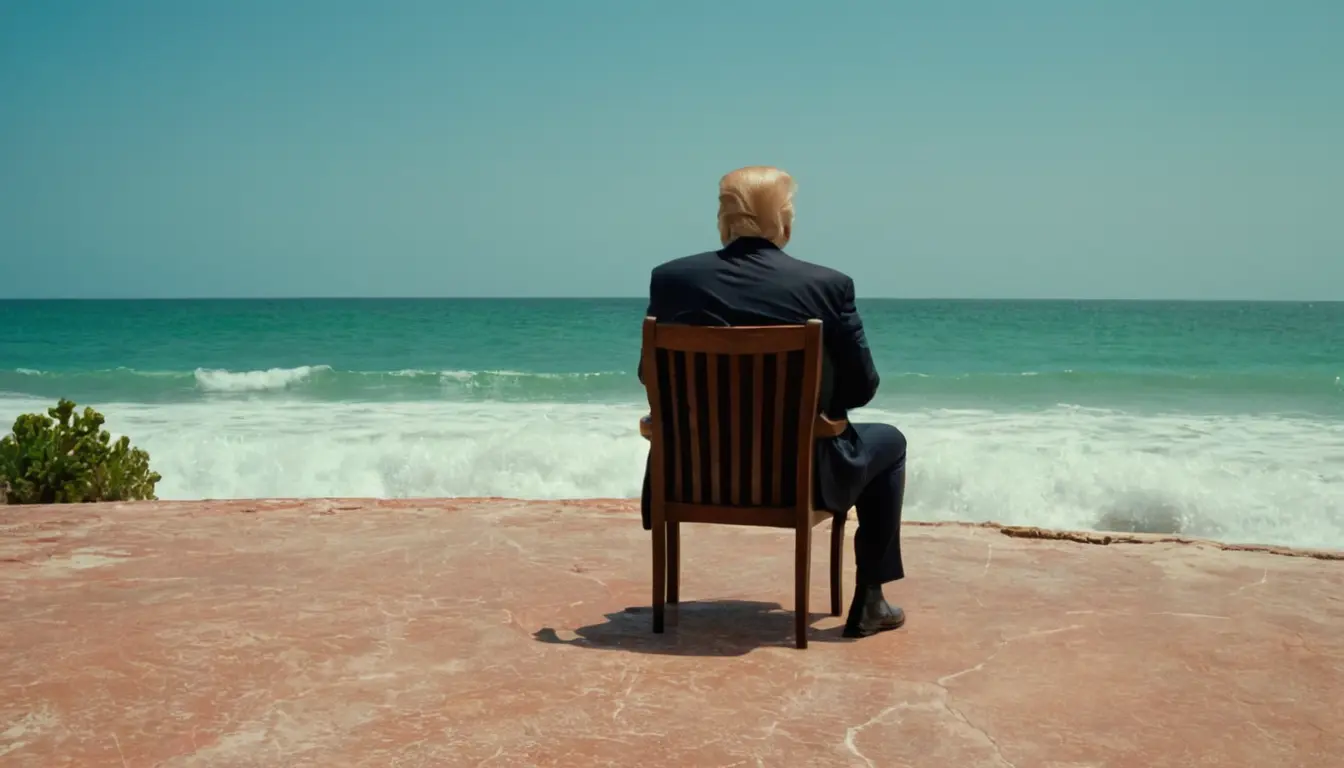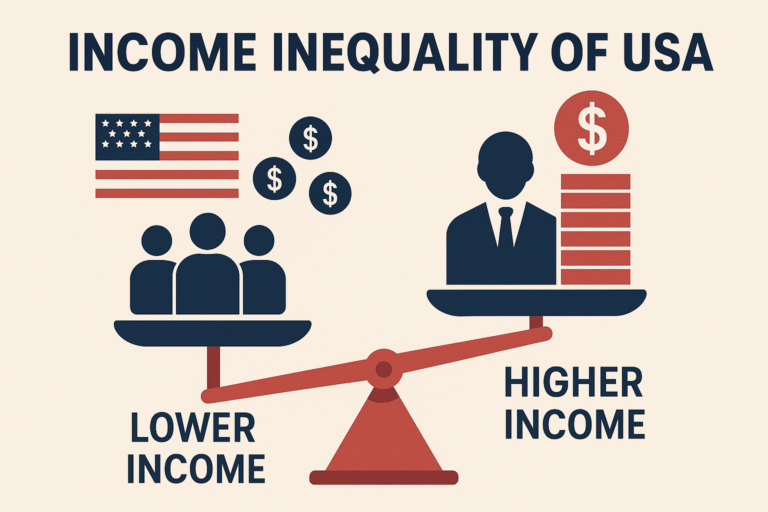
The shift stems from an executive order signed by President Donald Trump on January 20, 2025, shortly after his return to office. The order mandated renaming the gulf as part of a broader initiative to “restore names that honor American greatness” . The U.S. Geographic Names Information System (GNIS), a federal database managed by the Interior Department, formally updated the designation on February 9, 2025—a date subsequently proclaimed Gulf of America Day by Trump.
International Pushback
Mexico’s government strongly opposed the move, with President Claudia Sheinbaum arguing that unilateral renaming violates international law. Citing the United Nations Convention on the Law of the Sea, she emphasized that a nation’s sovereign jurisdiction extends only 12 nautical miles from its coastline, rendering the U.S. action legally untenable. Sheinbaum also sarcastically suggested renaming the continent “Mexican America” in response.
Broader Implications and Related Changes
The executive order also targeted Alaska’s Denali, reverting its name to Mount McKinley—a controversial reversal of a 2015 Obama-era decision that honored the mountain’s Indigenous heritage. While federal agencies like the FAA and Coast Guard have begun adopting these changes, Google Maps has yet to update the mountain’s name, citing pending GNIS revisions .
Mixed Industry Response
While Google swiftly implemented the gulf’s renaming, other platforms like Apple Maps and Waze have not followed suit. Apple continues to display Gulf of Mexico, redirecting searches for the new term to the original name . This fragmented approach highlights the challenges of reconciling political directives with global mapping standards.
Conclusion
The renaming underscores the intersection of politics, technology, and international diplomacy. As U.S. agencies and corporations adjust to the policy, debates over historical recognition and geographic sovereignty persist, with Mexico and Indigenous groups continuing to challenge the changes.



